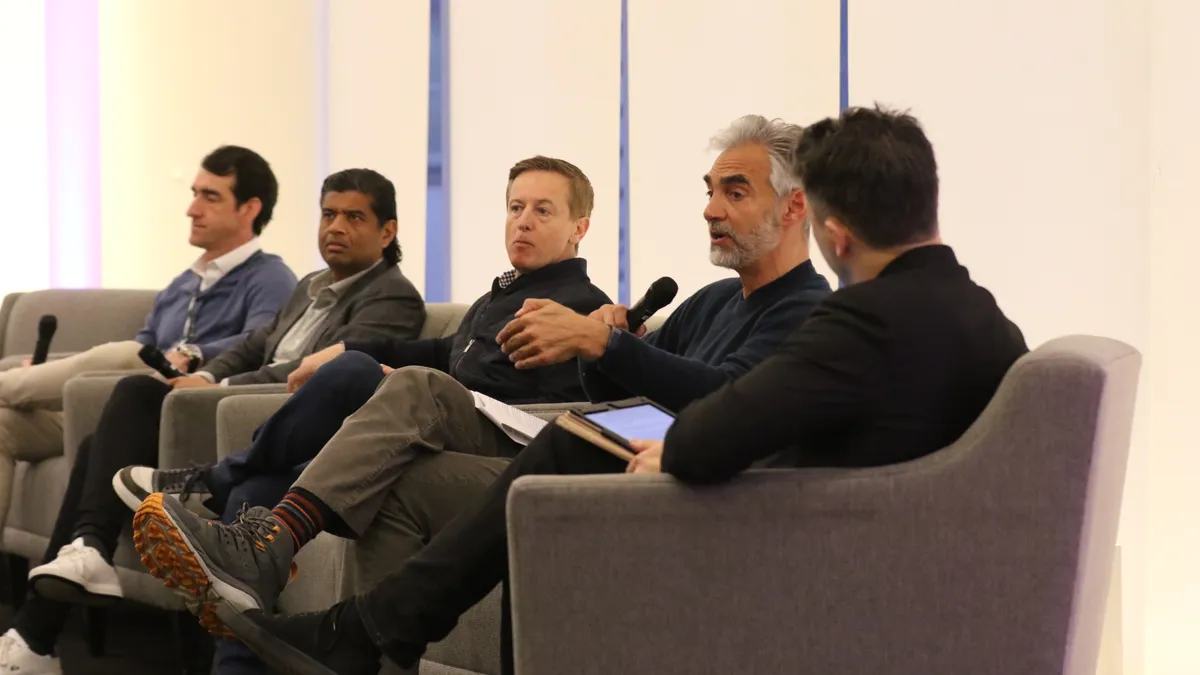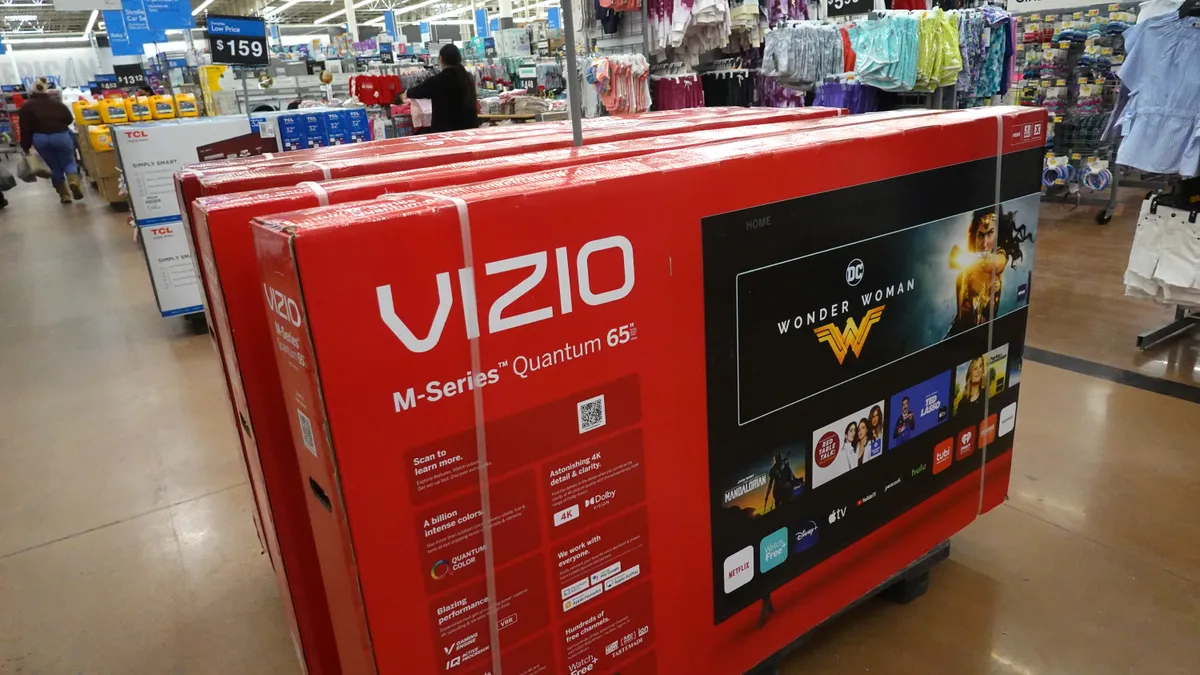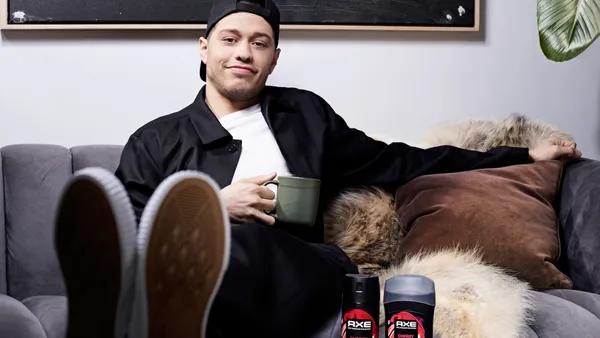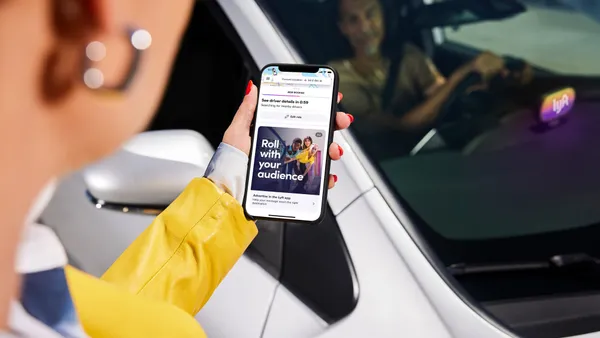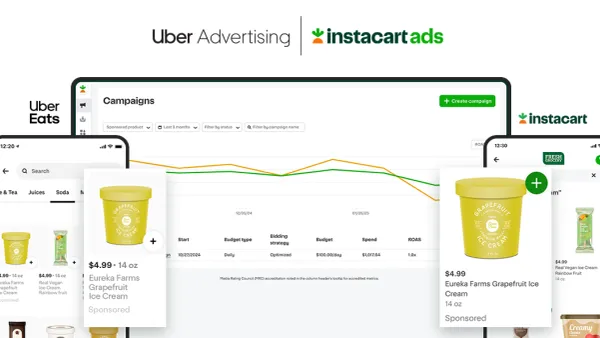The following is a guest post from Brian Czarny, CMO at location data firm Factual.
Burger King recently pulled off perhaps the cleverest marketing stunt of the last few months when it trolled rival McDonald's with a geotargeted campaign. From Dec. 4 to 12, Burger King's smartphone app offered people a Whopper for one penny, as long as they were within 600 feet of a McDonald's restaurant. All they then had to do was go to a participating Burger King to pick up the near-free burger.
In terms of mobile app user acquisition, it was a rare kind of win for the brand. More than 1 million people downloaded the app in just a few days, pushing Burger King's app to the top of both the Apple App Store and Google Play. The campaign brilliantly combined trolling with geoconquesting, a term that means pulling customers away from the competition in the physical world and toward your brand when they're in a specified geographic area.
Keep in mind, it's not exactly easy to do geoconquesting well. Burger King and its agency spent more than a year developing the concept that we now know as Whopper Detour. The fast-food chain needed to obtain accurate location data on more than 14,000 McDonald's restaurants and integrate the appropriate technology into its app to smoothly pull off the stunt. So, take notice of how Burger King only went forward with a well-thought-out plan and didn't rush things. It's also worth noting that rewards come with risks. Understand that the competition has brand loyalists who might react negatively to a conquesting campaign.
That said, in the mobile era, Burger King's brilliant ploy should inspire more like it — locationally intelligent, interactive, offering value. These kinds of efforts can attract young adults in droves: 88% of millennial and Gen Z consumers want mobile marketing that reflects their locations and activities. Here are three other geoconquesting ideas that can drive solid results.
Tap into timely needs
'Tis the season for ultra-competitive retail. If merchants are not using geoconquesting during this lucrative time of year, they're missing a major opportunity. Last-minute gift buyers are as old as Christmas or Hanukkah, and 32% of shoppers don't start thinking about what they'll buy until the start of December. Retailers should capitalize on timeliness.
For instance, in the next week, Kohl's is trying to get an edge on Macy's, JCPenney, and Nordstrom by offering a free FAO Schwartz toy if shoppers come to visit Santa Claus. What if Kohl's, via mobile, offered parents driving into a mall parking lot or walking into one of its competitor's locations a sit-down with Santa? The effort could be twofold. Kohl's app users could get a push notification, while mobile ads could be purchased on publisher networks and social platforms to let other parents learn of the offer during opportune moments.
Taking one's child to see Santa in December is a box many parents look to check off. So Santa is a differentiator for their retail choices, and Old Saint Nick could help Kohl's and other brands hijack customers with locationally minded targeting.
Point to competitors' 'baggage'
Airline brands can be a little on the conservative side when it comes to publicly pitting themselves against competitors. But that fact makes the opportunity to get creative with mobile and mixing it up with rivals potentially hugely impactful.
Brands like Spirit that charge for all bags — even carry-ons — would seem to have a geo-target on their backs. When customers arrive in the Spirit terminals, American or United could send a mobile ad such as: "We know you hate paying to bring your things with you, so your next bag flying United is on us. Here's a $25 code for a checked bag the next time you need to fly." When viewers click through, they can be encouraged to download the airline's app. Further, they could be instructed to save the $25 code to their app account for future use.
Budget-conscious travelers are loyal to some brands like Spirit. But, these consumers often second-guess their purchases because of add-on costs like luggage. Brands can siphon loyalty with targeted, timely messages that speak to specific features and offers.
Inspire U-turns
Car brands often use billboards and other out-of-home (OOH) advertising to get the attention of potential customers. They should combine those ads with geoconquesting. Large dealer lots are easily geofenced, so this concept is ripe for development.
Let's say BMW puts billboards next to Mercedes-Benz lots that simply read: "Do you know the difference between a BMW and a Benz?" If someone drives into a Mercedes lot, BMW could serve an ad with the answer: "New BMWs come with 456 horsepower and 480 pound-feet of torque. So why are you here? Click for directions to your nearby BMW dealer."
The auto industry has one of the longest purchase journeys — customers spend weeks or months researching cars before they buy. Because cars are such a big purchase, the likelihood of consumers visiting multiple dealerships is high. There are many opportunities for a brand to influence car shoppers along their journey.
The future holds more mobile conquesting
If Burger King's inspiring effort — and 1 million app downloads — wasn't enough proof, stats that forecast the coming years make a clear case for geoconquesting. By 2020, mobile apps will generate $188.9 billion in global revenue, while mobile commerce overall is expected to reach $250 billion in the U.S.
Indeed, nabbing competitors' customers in real time is increasingly a wave of the future. The location data is there to make it work. What marketers must remember is to think creatively and tactically. If you geoconquest well — which means delivering a message in the right context — you'll either steal foot traffic from rivals or drum up buzz. Or, with a little luck, you'll pull off a Whopper-like moment and win both.




